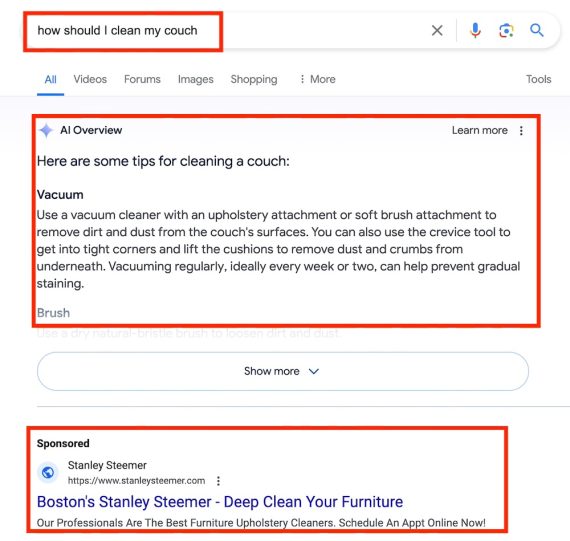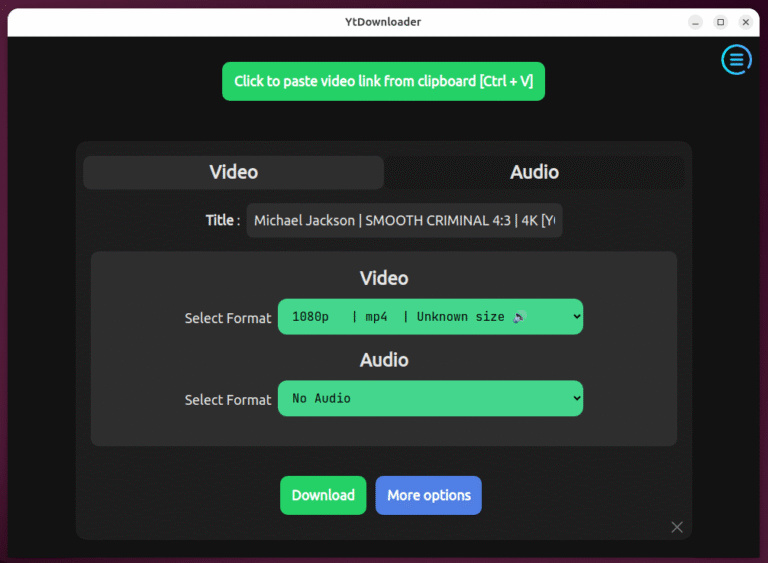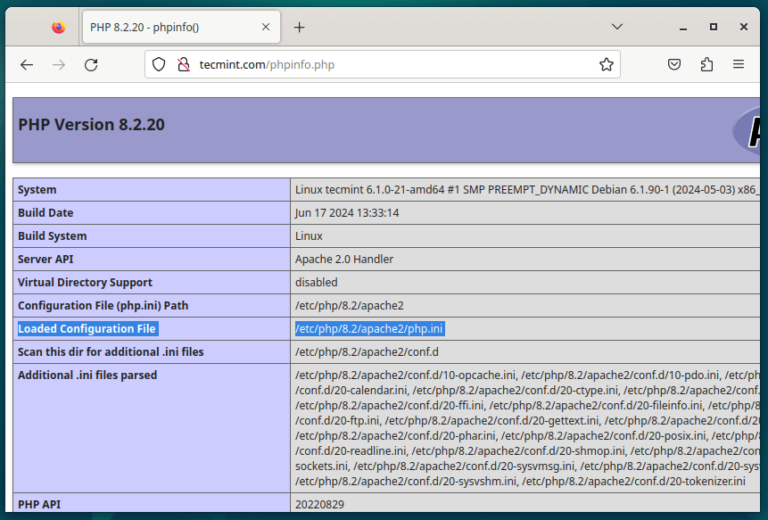
Today
As we’ve been hearing constantly for the last couple of years, AI will soon replace every creative job and we’ll all have to retrain as mechanics or tree surgeons or something. This prediction, apart from being unrealistic, also sounds totally dystopian.

Is technology really benefiting society if the ultimate goal is to automate every task that takes a little imagination? Sometimes it feels like none of the suits behind these AI apps has ever sat down with a designer to ask, “hey, which parts of your job do you want to automate?”
A Design Tool Designed by Designers
The team behind Scene, a free no-code web design tool, has taken a refreshing attitude to this.
“I can’t tell you how many calls I had with freelance web designers” said Jozef, the team’s Research Manager, “And loads of them mentioned the same thing. The hard part of designing a website for a client is understanding what your client actually wants.”
Jozef and his team realized that web design projects succeed or fail at the briefing stage. When clients don’t explain their expectations clearly and in detail, their web designer is left flying blind. They must try to create a website without knowing what success looks like.
Use AI to Question Your Client’s Vague Brief
Scene offers an AI tool to help you (the web designer) and your client or teammates agree on the brief for a website. The idea is that you both log into Scene whilst on a group video call, and then enter the website you’d like to build in the chat—your client’s initial brief.
The AI tool will expand on the brief to include useful details that clients sometimes forget to mention, like the target audience’s demographic, and the website structure.

The text box in the bottom right is Muse, an AI chat feature designed to refine your web brief.
If the client doesn’t like the AI-expanded brief, you can regenerate it or try again, or edit it together. So basically, the AI helps you clarify your client’s concept before you spend hours designing it. Once you’re both happy with the brief, you can also use AI to generate a version 1 of the wireframe, saving some busy work.
Avoid Endless Client Feedback Loops
Unlike every other no-code website builder, in Scene, you plan and design the site in the same space. This was explicitly built to avoid feedback loops.
That’s because, traditionally speaking, designing a website as a team means a lot of back-and-forth. Designers create a wireframe, then their team requests changes via several different messaging platforms. That’s a bit messy, and means that the designer’s precious time is mostly spent making sure everyone’s opinions are represented.
With Scene, your collaborators can view your design throughout the process, and leave comments just like they would on Figma. Whilst it might sound a bit awkward to have your team watching you work, it’s certainly less awkward than being told at the end of the project that your design is all wrong, and you need to start again. Once your client has signed off on the design, you can publish the website in one click.
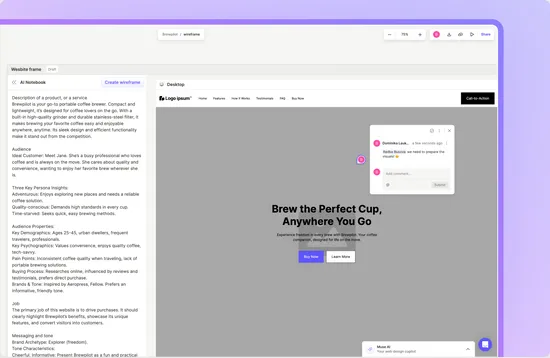
Your team can add point-and-click comments to your designs, like in Figma.
Automate (Only) the Dull Parts of the Design Process
It’s a young company, but Scene already has a small cult following. After all, lots of web designers charge on a per project basis. Being able to keep aligned with their client’s requirements is often the difference between delivering successful websites on time, and delivering disappointing websites that run over time, eating into their profit.
Scene markets itself as a platform with AI integrated into every step of the design process. You can use their AI feature, Muse, to research your website’s competitors, generate context-specific copy, and apply your chosen formatting style. However, this isn’t just another app trying to surf the AI hype wave to short-term success.
AI is only used on thankless or uncreative tasks in the design process, not to take creative decisions. It’s also fairly tangential to the app’s main offer: to reduce misunderstanding between the designer and their client or team.
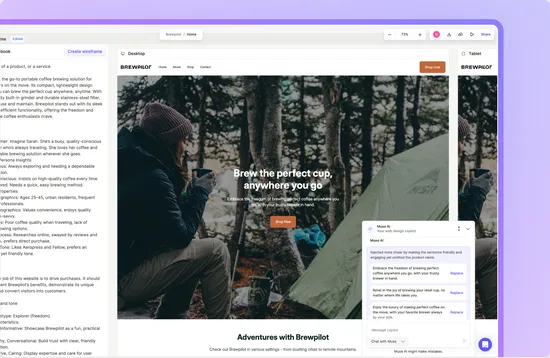
With Scene’s AI feature, you can generate template copy—and regenerate it if the first try isn’t a good fit.
Is this the solution to the much debated question of where AI belongs in the design world? Who knows. But it’s certainly a more thoughtful response than some of the first generation of AI design apps whose teams assume more automation is always better, without taking a moment to investigate which tasks are worth automating.
At the time of writing, you can use Scene for free. From October, they’ll be introducing paid plans for those who wish to use advanced features, but WebDesignerDepot readers who sign up now will lock in an early-adopter discount.



